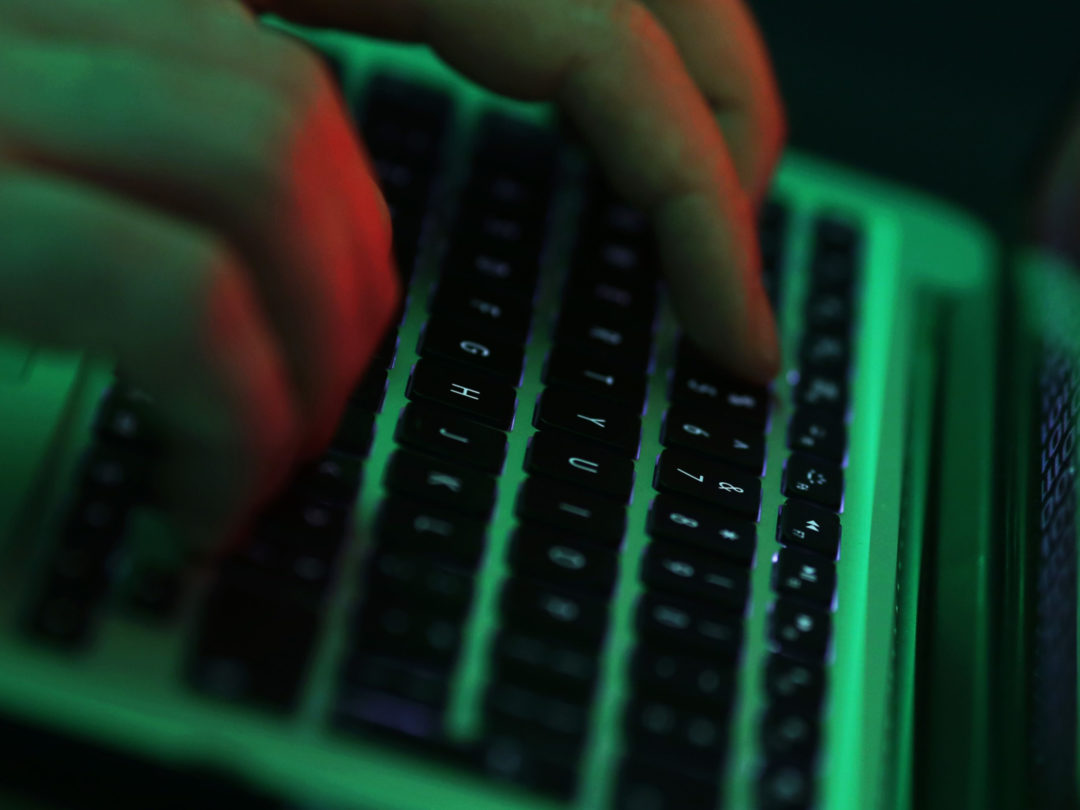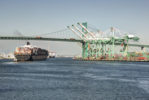
Visit Our Sponsors |
|
|
|
|
|
|
|
|
|
|
|
|
|
|
|
|
|
|
|
|
|
|
|
|
|
|
|
|
|
|
|
|
|
|
|
|
|
|

Chipmakers have spent two decades pouring investment into a revolutionary new technique to push the limits of physics and cram more transistors onto slices of silicon. Now that technology is on the cusp of going mainstream, thanks to a secretive Japanese company that’s mastered the skill of manipulating light for applications from squid fishing to cinema projection.
Ushio Inc. announced July it had cleared a key milestone, perfecting the powerful, ultra-precise lights needed to test chip designs based on extreme ultraviolet lithography or EUV, the process through which the next generation of semiconductors will be made. With that, the Japanese company became a major player in future chipmaking.
“The infrastructure is now mostly ready,” Chief Executive Officer Koji Naito said in an interview. “Testing equipment was one of the things holding back EUV. With that piece in place, production efficiency and yields can go up.”
Ushio’s advances cement its position among a coterie of little-known Japanese companies indispensable to the production of the world’s consumer electronics. The Tokyo-based company developed a light source for equipment used to test what are known as masks: glass squares slightly bigger than a CD case that act as a stencil for chip designs. These templates have to be absolutely perfect, as even a tiny defect in one of them can render every chip in a large batch unusable.
That’s where Ushio comes in. Its technology uses lasers to vaporize liquid tin into plasma and produce light closer in wavelength to X-rays than the spectrum visible to the human eye. That light helps chipmakers spot potential defects in the product. This process takes a room-sized machine that looks like a sci-fi death ray and requires a team of people to operate. After 15 years in development, the EUV business will start contributing to profit from the next fiscal year, Naito said, without giving further details.
The move to EUV is the culmination of a decades-old trend. The push for smaller geometries that started when integrated circuits replaced vacuum tubes in the 1970s is approaching its final stages, and the number of companies that can compete in that space has been whittled down to a handful. Only Intel Corp., Samsung Electronics Co. and Taiwan Semiconductor Manufacturing Co. have plans to use EUV to go smaller than the 7-nanometer processes that are the current cutting edge of CPU design. All three will use lithography machines from ASML Holding NV, and for a few specialist suppliers like Ushio, that means a chance to have a 100% share of their respective markets.
“We don’t chase the mass market, even though there is potentially a ton of money to be made in home lighting or automotive,” Naito said. “Instead, we want to focus on niche areas and do things that others can’t.”
Naito believes Ushio is positioned to control the market for light sources used in testing of patterned EUV masks, while a small group of fellow Japanese companies specialize in other aspects of the technology. JSR Corp. and Tokyo Ohka Kogyo Co., for instance, control production of the light-sensitive resins required to print the designs, while the blank masks are made by only two companies, AGC Inc. and Hoya Corp., which both use Lasertec Corp.’s machines to test for flaws. All are based in the greater Tokyo area and espouse an almost artisanal commitment to high-precision manufacturing.
The fact that much of the EUV supply chain hails from a single country was seized upon by Japan in its trade spat with South Korea. Tokyo slapped export restrictions on key materials heading to Korea, giving undesired attention to companies that prefer to operate behind the scenes. While Ushio’s machines were not targeted, photo-resists made by JSR and Tokyo Ohka made the sanctions list. The government has since relented, but concern lingers that the industry’s delicate balance may again be disrupted in the future.
“There hasn’t been a direct impact for us yet,” Naito said. “But because we have such a high market share for our products, we feel a responsibility to absolutely make sure our customers’ production lines do not stop.”
Alongside its EUV ambitions, Ushio commands an 80% share of the market for lithography lamps used to make liquid crystal displays and controls 95% of the supply of excimer lamps used in silicon wafer cleaning. The key to its success is balancing mass production with craftsmanship. Materials like quartz glass are difficult to handle and have different thermal expansion properties from metals like the molybdenum in which they are housed. Some of the lamps still have to be finished by hand.
“Wherever you have a manufacturing process that needs to shine a very bright light, you will find Ushio,” said Damian Thong, an analyst at Macquarie Group Ltd.
Ushio’s expertise also extends beyond semiconductors. Founded in 1964, it was the first Japanese company to develop and produce halogen lamps. From 1973, fishermen began to use its lights to catch squid — a controversial technique in many countries. Finding new uses for its technology, from tanning salons to movie projectors, helped Ushio more than triple its sales over the past 25 years. The company is now experimenting with the use of sodium lamps to nurture plants and using ultraviolet light calibrated to such a precise wavelength as to kill bacteria without damaging human skin.
“For Japanese firms with strong legacy manufacturing technology, the bigger danger is being trapped in them,” Thong said. “You have to give Ushio credit for moving further downstream, away from manufacturing toward something that requires more system integration.”
RELATED CONTENT
RELATED VIDEOS
Timely, incisive articles delivered directly to your inbox.






